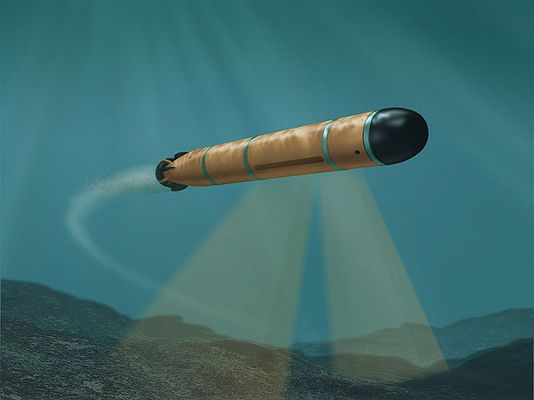Growth in subsea activities increases demands on battery-powered undersea equipment such as communication devices, manned or unmanned vehicles, measurement equipment, portable tools and cameras. The total market for subsea equipment is predicted to exceed $80bn by 2013, according to industry analyst Infield. Growth in activities such as exploration, drilling and pipe laying in shallow-water and deep-water projects increases demands on battery-powered undersea equipment such as communication devices, manned or unmanned vehicles, measurement equipment, portable tools and cameras. Batteries must be able to withstand high pressures in deep water environments, supply high peak energy when required, operate throughout long missions, and offer high levels of safety and reliability. The high energy density of lithium battery chemistries gives lithium-ion (Li-ion) and lithium-metal batteries a key advantage over other types. In addition to providing up to four times the energy density of Lead-Acid, Alkaline, Ni-Mh, or Ni-Cd batteries, these batteries also deliver important advantages in terms of operating or charging the battery in sealed conditions during use. Creating a lithium-based battery system capable of delivering the optimum performance and meeting reliability and safety-acceptance criteria, at the right price, demands careful attention to aspects such as cell technology, cell balancing, charge control and production quality. Water temperatures near the sea bed are generally in the region of 4-5°C. This is comfortably within the usual operating range of a lithium battery. The pressure experienced depends on the depth at which the equipment is required to operate. The pressure exerted on equipment operated near or on the sea bed can be as high as 10,000 psi. High outside pressures are capable of deforming the battery casing and bursting seals, leading to effects such as contamination of the electrolyte and failure of the battery. To combat this, the battery pack and other subsystems may be mounted in a pressurised container. A suitable battery system for sub-sea applications must be able to operate below the surface in a sealed environment. Lithium-metal, Li-ion and Li- polymer batteries provide an ideal solution as they can be recharged with no need for venting, since (unlike lead-acid or Ni-Cd batteries) the battery generates no gases during recharging. Since there is no need to disturb the sealing mechanism, the risk of early seal failure is greatly reduced and batteries can be recharged more easily on the surface or in situ, if required. As with all cell chemistries, lithium-type batteries are not immune to failures in the field. There is a risk of fire or explosion if lithium batteries are overcharged or allowed to overheat. The main causes of lithium battery failures are overheating, overcharging, and imbalances between cells. Proper control of charging, including temperature monitoring, is therefore essential to ensure robust and reliable performance in mission-critical applications. Circuitry to control charging and prevent over discharge can be implemented externally, in a battery-specific charger, or internally within the battery itself. Either approach may have advantages: external charge control may permit smaller, lower-cost batteries; on the other hand, integrating the circuitry allows a variety of energy sources such as a DC power supply or a fuel cell (or a combination of sources) to be used more easily. As far as cell balancing is concerned, today’s Lithium battery chemistries display relatively low imbalances. However, imbalance remains a common cause of failures among complex systems containing large numbers of cells connected in series. Imbalances typically occur due to uneven discharging, differential external leakage currents, localised temperature variations, manufacturing or age-related differences, or loss of battery electrolyte. Replacing a single module within a large battery subsystem may also give rise to a cell imbalance with the potential to cause early failure. To prevent such failures from occurring, cell balancing circuitry may be necessary. Battery specialists serving the undersea application space, such as Steatite, configure lithium battery packs to deliver an optimal combination of energy storage, size, weight and cost for specific applications. Charge control circuitry is designed into the battery pack or dedicated charger as required. High-quality manufacturing techniques ensure a high degree of uniformity between individual cells over time and temperature. In addition, suitable cell balancing circuitry is engineered into the solution as required. Lithium battery technology is the most suitable for applications such as undersea equipment, as it has high energy density and can be recharged more easily within the operating environment than alternative battery technologies. Proper attention, however, must be paid to aspects such as charge control and cell balancing, to ensure reliability and safe recharging meeting standards such as the UN standards. Configuring a solution that will satisfy all these requirements and deliver long-lasting trouble-free operation is a task best performed by specialists with a full understanding of the demands of the environment and the particular needs of lithium battery chemistries.
Subsea batteries deliver strength in deep water
lithium-based battery system capable of delivering the performance and meeting reliability and safety-acceptance criteria
- by Steatite Limited
- December 6, 2010
- 5771 views


















